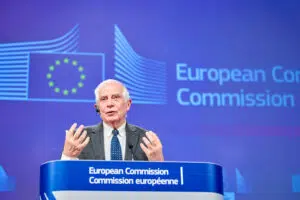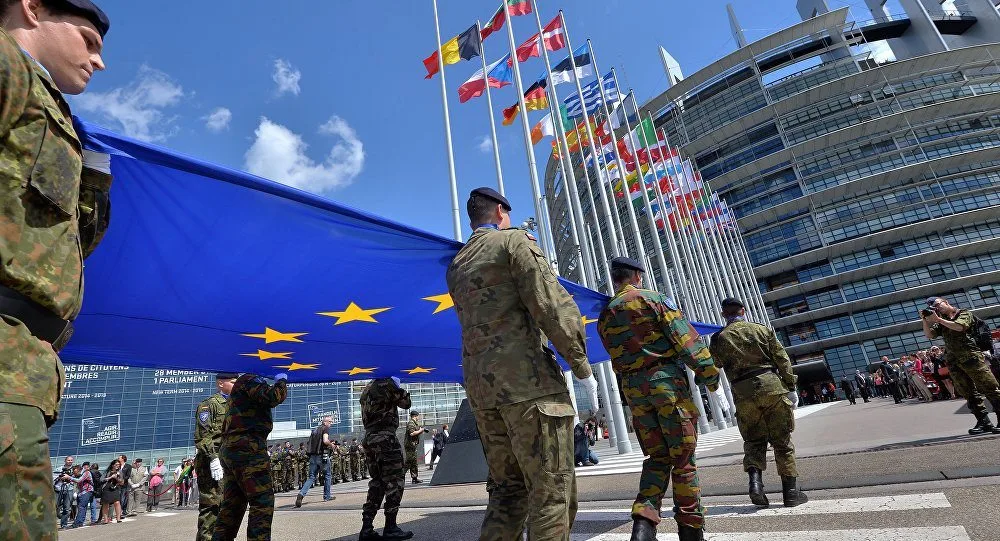Brussels – Eagerly awaited for weeks, anticipated in its outline to MEPs by the President of the European Commission, Ursula Von der Leyen, as of today (March 5), the first EU common defences strategy is out in the open and, with co-legislators’ approval,
it can become a reality. “This strategy will support member states to spend not only more, but also better, together and in Europe, and will link Ukraine’s know-how with our defence industry to facilitate innovation,” was the announcement of the EU executive number one at the end of the college of commissioners that gave the green light to the “ambitious set of new actions” to support the competitiveness of the European war industry.

The defence strategy comes after the return of “a high-intensity conflict” on the Old Continent with the Russian invasion of Ukraine that has been going on for more than two years and, in the EU Commission’s intentions, should define “a clear, long-term vision” on a sector that has always sparked strong opposition from
member states to surrendering authority to Brussels. The instrument for achieving this is the new European Defense Industrial Program (EDIP), for the establishment of which the Berlaymont legislative proposal arrived today for approval by the EU Parliament and Council. A program that will mobilize €1.5 billion from the EU budget over the period 2025-2027, which complements the revision of the Multiannual Financial Framework 2021-2027 on funds earmarked for the Platform for Critical Technologies (STEP) for the European Defense Fund (EDF).
The focus will be on supporting member states in procurement and increasing production capacity, but also to “establish a Fund for the acceleration of the transformation of defence supply chains (FAST)” and facilitate access to debt and equity financing for small and medium-sized enterprises. Of particular interest is that the 1.5 billion from the EDIP program will also go toward strengthening defence industrial cooperation between the EU and Ukraine—with the establishment of an Office for Innovation in Kyiv, as announced by von der Leyen—and the possibility of “attracting additional funding from windfall profits from the immobilization of Russian sovereign assets,” subject to a Council decision on a proposal by the EU High Representative for Foreign Affairs and Security Policy, Josep Borrell.
As for regulatory issues, the EDIP will make available a new legal framework—the European Armament Program Structure (SEAP)—”to facilitate and increase member states cooperation on equipment” and will also enable the launch of European defence projects of common interest, “with potential financial support from the EU”. In this regard, one must look precisely at the strategy and indicators to measure member states’ progress toward industrial preparedness. The Commission calls on the twenty-seven countries to purchase at least 40 per cent of the equipment “collaboratively” by 2030 (in other words, through joint procurement as done in recent years with gas and anti-COVID vaccines) to ensure, by the same date, that the value of intra-EU trade in this sector represents at least 35 per cent of the value of the EU defence market, and to reach at least 50 per cent of domestic procurement within the EU (by 2030) and 60 per cent by 2035. In this scenario, the increase in the Union’s industrial commitment will also benefit “key EU partners,” including NATO, which will see 18 member countries over the 2 per cent target of spending as a proportion of GDP this year.
English version by the Translation Service of Withub





